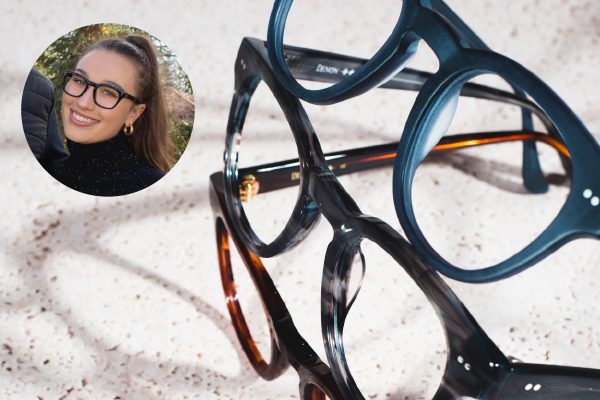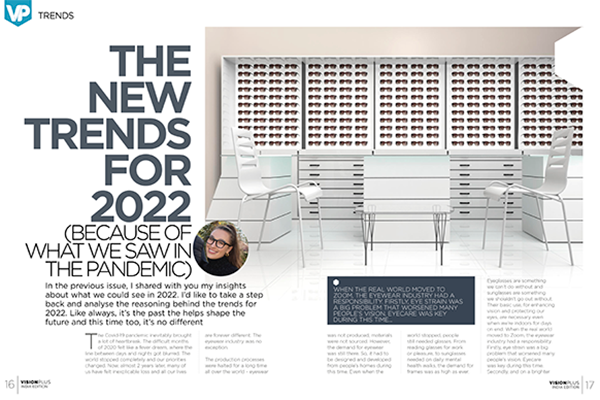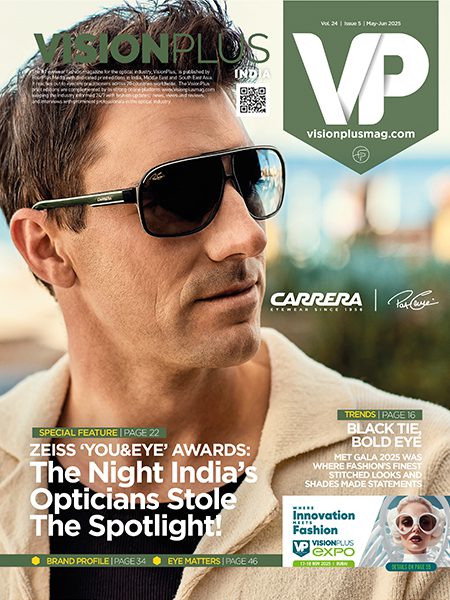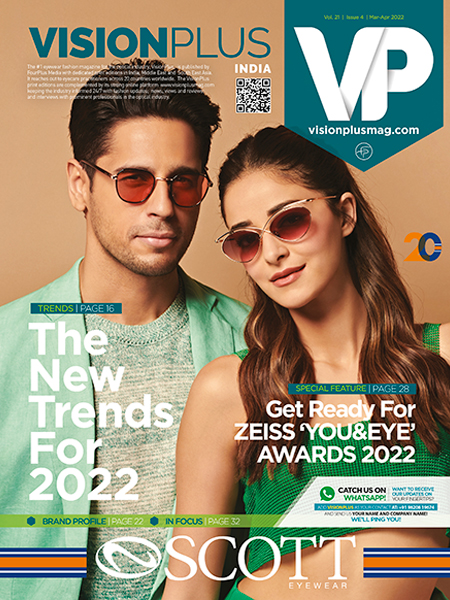
The New Trends For 2022 (Because Of What We Saw in the Pandemic)
In the previous issue, I shared with you my insights about what we could see in 2022. I’d like to take a step back and analyse the reasoning behind the trends for 2022. Like always, it’s the past the helps shape the future and this time too, it’s no different
The Covid-19 pandemic inevitably brought a lot of heartbreak. The difficult months of 2020 felt like a fever dream, where the line between days and nights got blurred. The world stopped completely and our priorities changed. Now, almost 2 years later, many of us have felt inexplicable loss and all our lives are forever different. The eyewear industry was no exception.
The production processes were halted for a long time all over the world - eyewear was not produced, materials were not sourced. However, the demand for eyewear was still there. So, it had to be designed and developed from people’s homes during this time. Even when the world stopped, people still needed glasses. From reading glasses for work or pleasure, to sunglasses needed on daily mental health walks, the demand for frames was as high as ever.
Eyeglasses are something we can’t do without and sunglasses are something we shouldn’t go out without. Their basic use, for enhancing vision and protecting our eyes, are necessary even when we’re indoors for days on end. When the real world moved to Zoom, the eyewear industry had a responsibility. Firstly, eye strain was a big problem that worsened many people’s vision. Eyecare was key during this time. Secondly, and on a brighter note, we were all in leisure clothes (sometimes even pyjamas) and only half of our body could be seen on camera. Therefore, the eyewear we wore was the only fashion statement we could use to represent our style.
When the little Zoom squares appeared and people’s faces popped up, their optical frames were so diverse and interesting to look at. I was always wondering what made people choose the frames that they chose. I thought back to when they bought their glasses and decided that purple was their colour or oval was the shape for them.
This in turn inspired me to think about all the trends that influenced the creation and design of those glasses. Fashion from the 90s, 80s, even 70s, colour palettes that were popular each year and the different materials the industry was experimenting with.
For a second I thought about what would happen to the design of glasses after 2020? What would they be influenced by if we all collectively took a break and stayed at home? There was not much inspiration... Thus, I thought people working in the eyewear industry had a huge challenge in front of them.
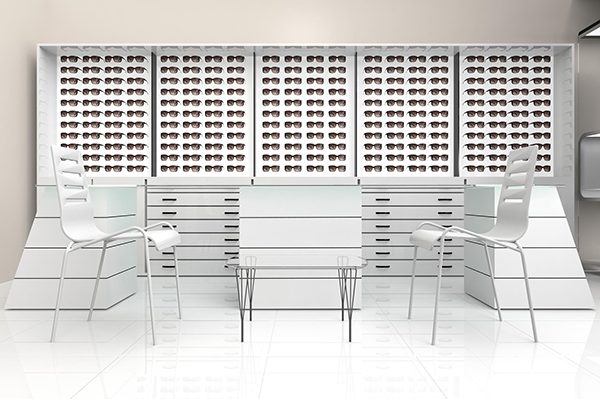
They had to keep working: designing and developing products that would eventually be produced and put on the market without any active inspiration to build off of. If you’re wondering what they did, it’s simple. People were forced to look inward, pause their busy lives, put their schedules on hold and prioritise health, family and overall well being. This change in consumers also affected preferences and interests and shifted the whole fashion industry.
Instead of taking a break at the height of the pandemic, eyewear industry professionals created modest but high quality products whose design would be simple yet elegant, whose quality would be high and whose price would be low.
Neutral hues and earthy tones replaced outgoing colours while rectangle and square shapes, that were starting to be considered “old-fashioned,” replaced heart-shaped ones. The world seemed to take a step back and focus on the classics. But who’s to say that classics can’t be interesting? Especially when companies include a modern twist, time honoured frames make the biggest statements. These eyeglasses and sunglasses would represent your personality just as much as the old ones.
And then, just when the situation started to slowly return to normal, and eyewear was being produced again, we faced global supply chain issues, backlogs and delayed transportation. This meant that even though industry professionals designed new products to fit the change in consumer preferences and reflect modern classics, they could not reach end consumers.
This wasn’t the only change that happened in the industry. Due to fear and price pressures, customers started looking for more value when purchasing eyewear. They seeked brands that equally represented price and quality and brands whose values aligned with their own.
Another change in the industry was that due to safety protocols, most stores implemented the appointment only rule. They no longer accepted walk-ins. This increased stores’ conversion rates as customers only made appointments when they were serious about their purchases.
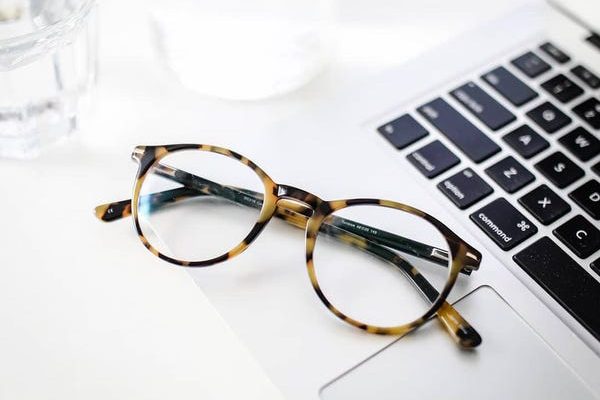
Although not groundbreaking, these minor changes showed how the industry as a whole had to evolve. But more notably, it showed companies that customers wanted to see the value in their offer as well as their initiative on important matters that happened during the pandemic. Brands in 2020 had to be selfless and show care for their customers and employees, their health and support the diverse organisations tasked with acting on these initiatives.
Looking back at all the changes, it’s safe to say that the pandemic took a lot from us. However, it also taught us a lot and actually brought some good into our lives. Although I will never forget how hard those moments were, I will always look back and laugh at the thought of my eyeglasses fogging up every time I wore them over a mask. It’s definitely on my list of “Top 10 Most Annoying Things to Come out of the Pandemic.” And yet, I still find myself grateful for the time spent with my family, for the walks in nature and for the evolution towards value and responsibility in the eyewear industry. The pandemic challenged the industry but it prevailed.
Sophie Tallier,
Design and Operations of Denon Eyewear, Founder member of Denon Eyewear with her father Joseph Tallier. Bachelor of Science from Northeastern University of Boston Massachusetts in Business Marketing and Global Fashion Studies 2020

